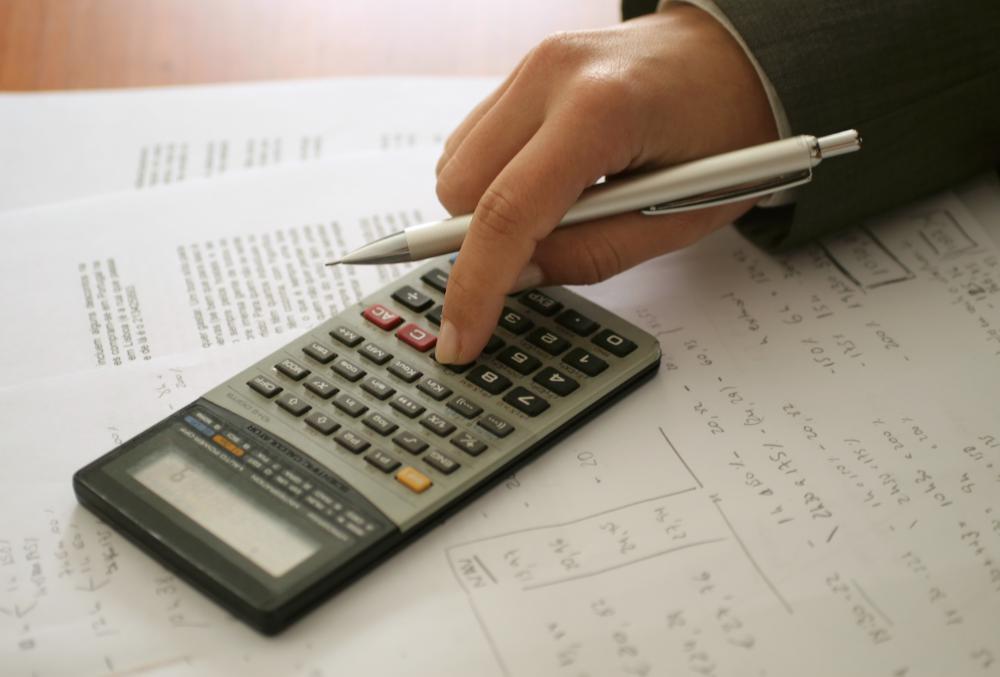At SmartCapitalMind, we're committed to delivering accurate, trustworthy information. Our expert-authored content is rigorously fact-checked and sourced from credible authorities. Discover how we uphold the highest standards in providing you with reliable knowledge.
What Is Money Weighted Rate of Return?
The money weighted rate of return is a method of measuring the performance of an investment or an entire investment portfolio. It is so named because it is based on the amount of money within an account. To calculate the money weighted rate of return, the inflows in an account are set on one side of an equation against the outflows of the account on the other side. Whatever factor is needed to make the two sides equal is the rate of return for the investment.
It is crucial for investors to know how well their various investments are doing so that they know if they need to make any adjustments. This can be simple enough when looking at a single investment, but it can become increasingly difficult when taking into account all of the investments that make up a complete portfolio. Luckily, there are some mathematical computations available to help them out, such as the money weighted rate of return.

To compute the money weighted rate of return, investors must set the inflows, or income to the investor, on one side of an equation against the outflows, or money leaving the investor's account. For a simple example, imagine that an investor buys a stock for $50 US Dollars (USD) and then sells it for $75 USD. The outflow would be the $50 USD purchase, and the inflow would be the $75 USD sale price. Since the $75 is 1.5 times as much as the $50 USD, it means that the weighted rate of return is 50 percent.
Of course, the investments which make up a whole portfolio can complicate the process to an extent. When evaluating the money weighted rate of return for a portfolio, the outflows would not only include the money used to purchase a security, but also any interest payments or dividends reinvested as well as withdrawals from the account. By contrast, inflows would include security sale proceeds, interest or dividend payments left in the account, and contributions to the account.
Although it may be a clear-cut indicator of the return on an investment, the money weighted rate of return has one main drawback. As its name suggests, the return is affected by the amount of money that is actually in an account. Since this is the case, performance will always look a bit better if there are plentiful funds in an account, which means that results can be somewhat skewed.
AS FEATURED ON:
AS FEATURED ON:











Discuss this Article
Post your comments